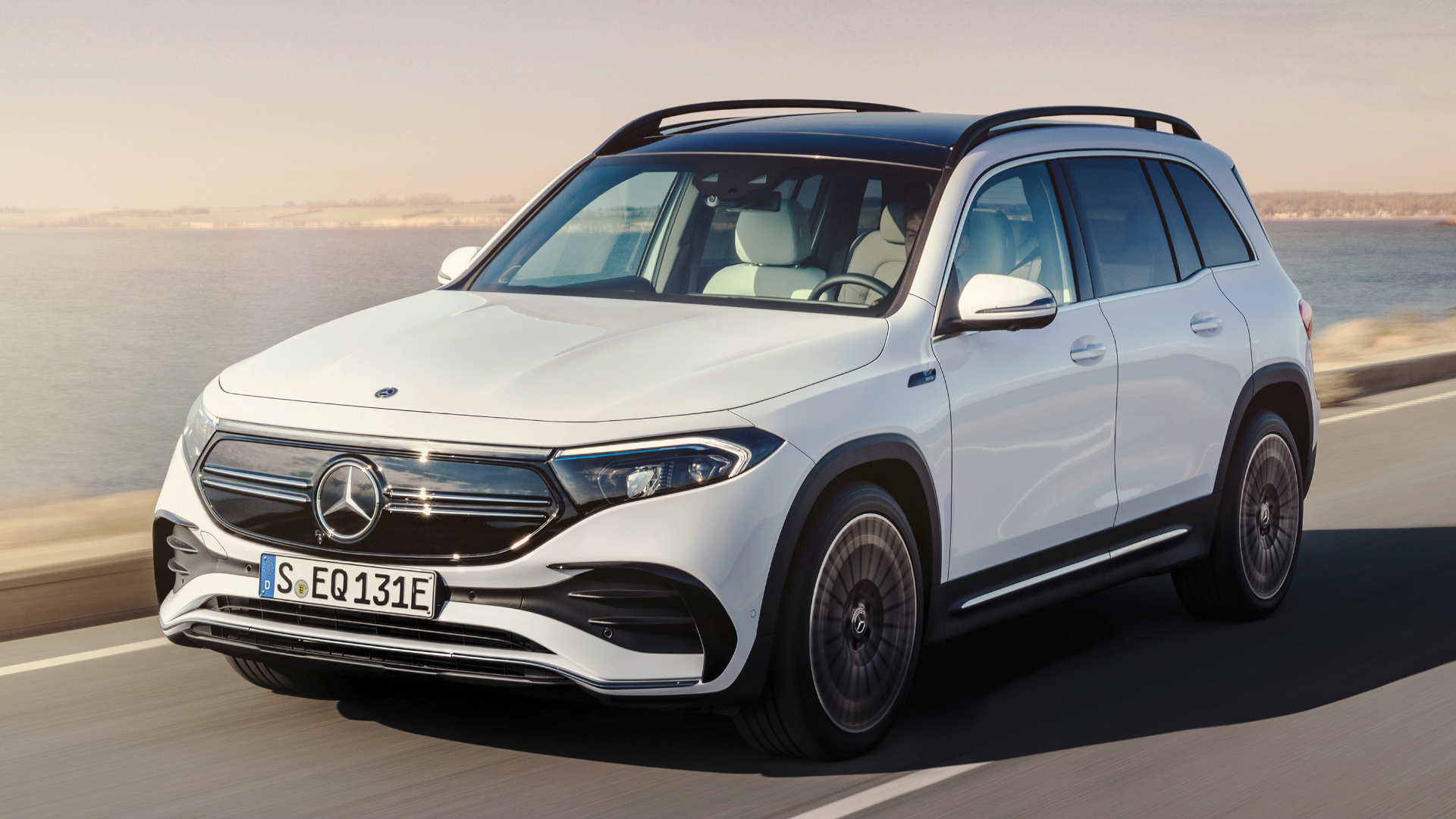

Automakers have taken various approaches when tackling the transition to building electric vehicles. The crossover period has seen plenty of vehicles that were originally built with traditional engines rehashed with electric drivetrains instead. However, as reported by Motor1, the reverse could soon be true, with Mercedes set to build future internal combustion vehicles on platforms explicitly designed for all-electric drive.
Automakers have explored converting ICE platforms to electric drive; the Fiat 500e and Mini Cooper SE are two obvious examples. However, these vehicles feature ranges under 150 miles, as fitting a decent-sized battery in such a car proves difficult. The packaging requirements for batteries and electric motors are quite distinct from those of gasoline or diesel drivetrains, and thus the best results are had when a car is designed as an EV from the outset.
Mercedes is taking a largely clean-sheet approach for upcoming electric models. Designing an EV platform with plenty of room for batteries helps with range, with the latter still a prime concern for EV buyers in the US. It also allows proper consideration of factors like cooling for batteries and motors and other things that affect efficiency and performance.
According to Christoph Starzynski, Mercedes vice president of development for electric drive, the upcoming A-class and B-class will feature electric and ICE powertrains. However, Mercedes is reticent to compromise the design of the upcoming MMA platform for the sake of internal combustion.
“The platform will be EV-first but not EV-exclusive,” said Starzynski, adding that “the compromise will rest on the ICE side, not the EV side.” The MMA platform is set to debut in 2024, underpinning a series of compact Mercedes vehicles. Along with the A-class and B-class, it’s expected to serve as the basis for the GLA and GLB SUVs and the CLA fastback as well.
In part, Mercedes is continuing to provide ICE options on these compact models due to the higher cost of EVs at this time. “We have to face higher costs on an EV drivetrain for the next few years, and we have to look for compensation in the vehicle,” said Starzynski.
Fitting an internal combustion engine into a platform optimized for electric drive is sure to come with some challenges. Engineers will need to find enough room for the fuel tank, route the exhaust, and ensure that there’s plenty of airflow through the radiator to keep the engine cool. Grille-less designs are popular on EVs, as seen on the Mercedes-Benz EQS, and can make the latter requirement quite challenging. It’s not impossible to deal with, though. Cars like the Fox-body Mustang made do with a grille-less design, relying on a lower-mounted air duct for cooling purposes.
The move shows that Mercedes is committed to going electric in short order. At the same time, the automaker acknowledges that there is still a need to sell some traditional ICE-powered vehicles for now. Of course, within a model generation or two, such compromises may just be a distant memory.
Got a tip? Let the author know: lewin@thedrive.com